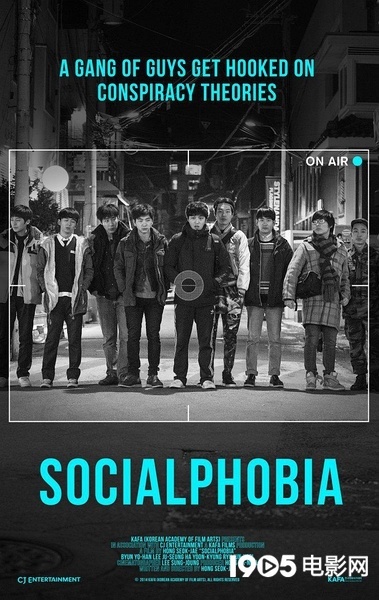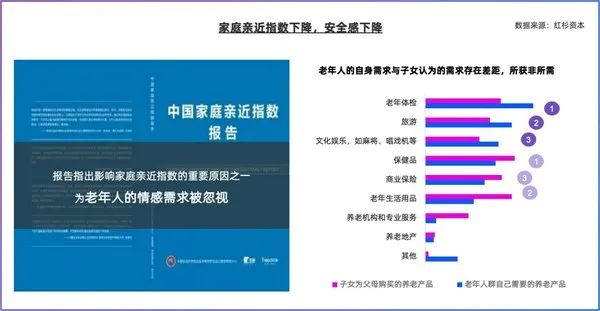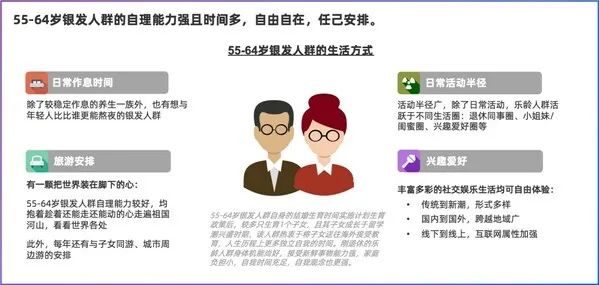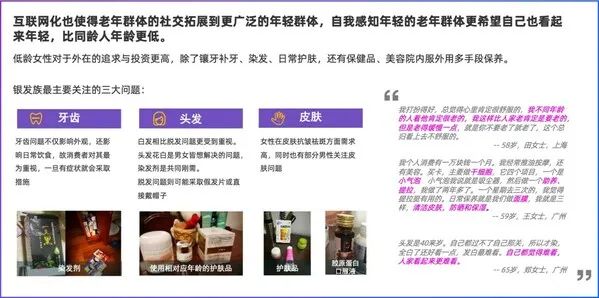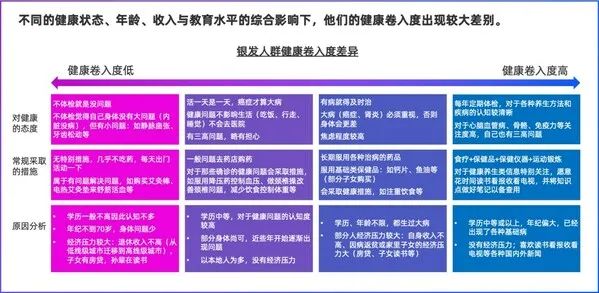CCTV News:According to the website of the Health Planning Commission, a few days ago, the Health Planning Commission released "Notice on Printing and Distributing the Contents and Related Matters of the National Training and Skills Competition for Grass-roots Health Posts (hereinafter referred to as the Notice), which proposes to carry out the National Training and Skills Competition for Grass-roots Health Posts, and makes specific provisions on the contents and forms of the competition.
Full text of the Notice:
Grassroots departments of health and family planning commissions of all provinces, autonomous regions and municipalities directly under the Central Government, and grassroots departments of Health Bureau of Xinjiang Production and Construction Corps:
In order to carry out the national training and skill competition activities in grass-roots health posts, mobilize the enthusiasm of grass-roots medical and health professionals, encourage them to study hard, improve their theoretical level and medical service ability, fully show the good mental outlook, professional quality and social image of grass-roots medical and health professionals who are willing to take root at the grass-roots level and serve the masses, and realize the purpose of promoting learning through training and promoting competition. After discussion and research by experts, and soliciting opinions from various sides, we hereby notify the contents and related matters of the national training and skill competition for grass-roots health posts as follows:
I. On-the-job Training and Skills Competition Objectives
Through on-the-job training and skill competition activities, primary health professionals and technicians can master the basic theories, knowledge and skills of common diseases, frequently-occurring diseases and chronic diseases with definite diagnosis, further improve the management level of basic medical care and basic public health services, comprehensively improve the comprehensive quality of primary health personnel, and be competent for graded diagnosis and treatment, and the comprehensive service ability of primary diagnosis and treatment.
II. Contents of on-the-job training and skill competition (see Annexes 1 and 2 for details)
(1) Medical and health-related laws and regulations
1 "People’s Republic of China (PRC) infectious disease prevention and control law" (Presidential DecreeNo. seventeenth)
2 "Emergency Regulations on Public Health Emergencies" (DecreeNo. 376th of the State Council)
3. Measures for the Management of Medical Wastes in Medical and Health Institutions (Decree No.36 of the Ministry of Health)
4 "Prescription Management Measures" (Decree No.53 of the Ministry of Health)
5. Basic Specification for Medical Record Writing (No.11 [2010] of Wei Yi Zheng Fa)
6. National Basic Public Health Service Standard (2011 Edition) (Wei Fu She Fa [2011] No.38)
7. Basic Requirements for Hospital Infection Management in Primary Medical Institutions (Guo Wei Ban Yi Fa [2013] No.40)
8. Guiding Principles for Clinical Application of Antibacterials (No.43 [2015] of Guo Wei Ban Yi Fa)
(2) Professional knowledge
1. General practice: including the basic theory of general practice, general practice-related knowledge and skills, basic public health-related knowledge and skills, etc. Emphasis is placed on the general practice concept of people-oriented and continuous care, and the general practice clinical thinking method is used to provide health management with prevention and treatment combined with general practitioners as the main body.
2. Community nursing: including the basic theory and working methods of community nursing and related knowledge of community nursing. Emphasize the holistic nursing concept of people-oriented, use the working method of nursing procedure, and provide team service combining prevention and treatment.
3. General practice team: including general practice, community nursing and basic public health. Focus on assessing the team members’ ability of division of labor and cooperation in work practice, comprehensive service ability of combining prevention and treatment, and health management ability of residents.
(3) Operational skills
1. General practice: including the basic skills and operations that general practitioners must master in medical and health services, first-aid skills, interpretation of commonly used laboratories and auxiliary examination results, analysis of comprehensive diseases (cases), etc., highlighting the clinical thinking of general practitioners, embodying humanistic care, and requiring standardized and skilled operation techniques.
2. Community nursing: including the basic skills, basic operation and first aid skills that community nurses must master in medical and health services. Highlight the holistic nursing concept and clinical thinking, embody humanistic care, and require standardized and skilled operation technology.
3. General practice team: including general practice, community nursing and basic public health, focusing on the comprehensive disposal and operation ability, communication ability and humanistic care ability of all members of the team.
Third, the national skills competition form
(1) Individual rematch
1. Comprehensive examination. The questions include multiple-choice questions and multiple-choice questions, which are conducted in the form of paper-and-pencil exams and divided into projects. The written test time is 60 minutes.
2. Operational skills. Urban general practice, rural general practice and community nursing are divided into projects, and the assessment time for each contestant is about 30 minutes, and the assessment content is determined by drawing lots.
3. Knowledge quiz. Questions include required questions, scrambled questions and risk questions. It is divided into projects, each lasting about 30 minutes. The 32 participating teams were divided into 4 groups, with 8 teams in each group, which were held simultaneously in 4 sub-fields.
(2) individual finals
The top 8 contestants in the individual semi-finals enter the individual finals and are divided into projects. The form of the competition is knowledge quiz. Questions include required questions, scrambled questions and risk questions. The time is about 45 minutes.
(3) Team rematch
1. Operational skills. Participate as a team. Draw lots to determine the entry order and assessment content. The assessment time for each team is about 45 minutes.
2. Knowledge quiz. The questions include compulsory questions, scramble questions and risk questions, and the competition time is about 60 minutes. Participate as a team. The 32 participating teams were divided into 4 groups, with 8 teams in each group, which were held simultaneously in 4 sub-fields.
(IV) Team Finals
The top 8 teams in the team semi-finals entered the team finals. The form of competition is situation reproduction and knowledge quiz (including operation skills). The situation reappearance time is about 4 minutes for each team; The knowledge contest type includes compulsory questions, scramble questions and risk questions, and the time is about 30 minutes.
Four, the national skills competition proposition principle and bibliography
(A) the principle of proposition
1. The content of the competition is in accordance with national laws and regulations and relevant technical specifications of the industry.
2. Highlight the characteristics of basic general practice and community nursing.
3. Combination of prevention and treatment, integration of traditional Chinese and western medicine.
4. Based on the work needs of grass-roots posts, examine the contents that should be known.
5. Pay attention to the ability to solve common problems in work.
6. The difficulty of content examination should take into account regional and urban-rural differences.
(2) Bibliography
1. General practice
(1) General Medicine (Liang Wannian, edited by Lu Xiaoqin. People’s Medical Publishing House, 2013)
(2) Training the Clinical Ability of General Practitioners (edited by Zhu Yuanzhu. People’s Health Publishing House, 2012)
(3) Basic Practice of General Practitioners (edited by Du Xueping and Xi Biao. People’s Health Publishing House, 2013)
(4) National Technical Specification for Basic Public Health Services (edited by Qin Huaijin and Chen Bowen. People’s Health Publishing House, 2012).
(5) Medical Clinical "Three Basics" Training-Physician Volume (Fourth Edition) (edited by Wu Zhongqi. Hunan Science and Technology Press, 2009)
2. Community nursing
(1) Practical Community Nursing (Du Xueping, edited by Wang Yongli. People’s Medical Publishing House, 2012)
(2) Adult Nursing (2nd Edition) (edited by Guo Aimin and Zhou Lanshu. People’s Health Publishing House, 2012)
(3) Clinical Nursing Practice Guide (2011 Edition) (Ministry of Health, edited by the Ministry of Health of the General Logistics Department. People’s Military Medical Publishing House, 2011)
(4) National Technical Specification for Basic Public Health Services (edited by Qin Huaijin and Chen Bowen. People’s Health Publishing House, 2012).
Five, the national skills competition score
(A) individual competition score
The total score of individual semi-finals is composed of three parts: comprehensive examination, operation skills and knowledge quiz, which are converted into a percentage system and added according to the score ratio of 30%, 40% and 30%. The total score of individual finals consists of 30% of the comprehensive test score (100%), 40% of the operation skill score (100%) and 30% of the knowledge quiz score (100%).
(2) Scores for group competitions
The total score of the team semi-finals consists of two parts: operation skills and knowledge quiz, which are converted into a percentage system and added according to the score ratio of 50% and 50%. The total score of the team finals consists of three parts: the performance of the operation skills of the team semi-finals, the reappearance of the situation of the team finals and the knowledge quiz of the team finals. After conversion into a percentage system, it is composed of the scores of 40%, 10% and 50%.
(three) the scoring priority rules when the competition results are tied.
When the total scores of individual or group semi-finals are tied, the top players or teams are determined according to the level of individual scores of comprehensive examination, operation skills and knowledge quiz. If you still can’t decide, the top players or teams will be produced through extra tests. When the total scores of individual or team finals are tied, the top players or teams will be produced by on-site additional tests. The score of the play-off topic is only used for sorting, and is not included in the total score of individual or group rematch and final.
VI. Others
(1) The office of the organizing committee shall be responsible for the interpretation of the rules of training and skill competition in grass-roots health posts nationwide.
(2) According to the activity plan, if the provinces (autonomous regions and municipalities) do not carry out on-the-job training and organize skill competitions, and directly team up to participate in the national skill competition, the evaluation results of local organization work will be cancelled and informed criticism will be given. The qualification of the contestants shall be reviewed by the health and family planning commissions of the provinces (autonomous regions and municipalities) in conjunction with the Federation of Trade Unions. Once fraud is found, the qualifications and competition results will be cancelled and informed criticism will be given.
(3) The office of the National Organizing Committee for Training and Skills Competition in Grass-roots Health Posts does not provide a unified question bank, a unified distribution of reference books and mold information.
Attachment: 1. National General Medical Program for Training and Skills Competition in Grassroots Health Posts.
2. National community nursing program for training and skill competition in grass-roots health posts.
3. The specific schedule of the rematch and final of the national grass-roots health skill competition
National grass-roots health post training and skill competition activities organizing Committee office
(seal)
September 20, 2016
Please refer to the website of the Health Planning Commission for relevant information.
